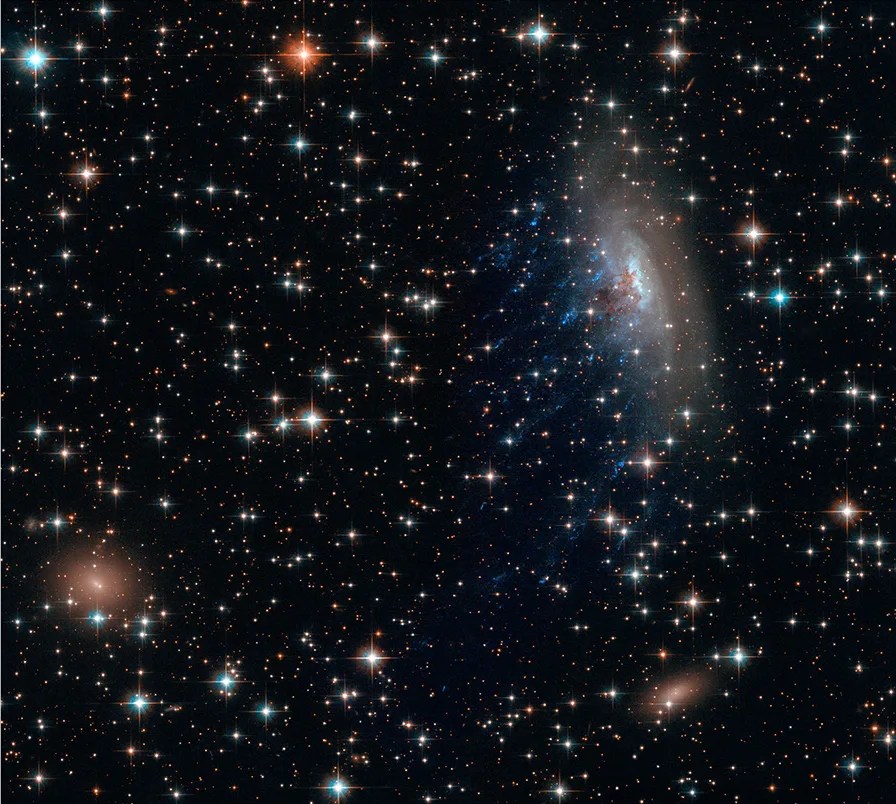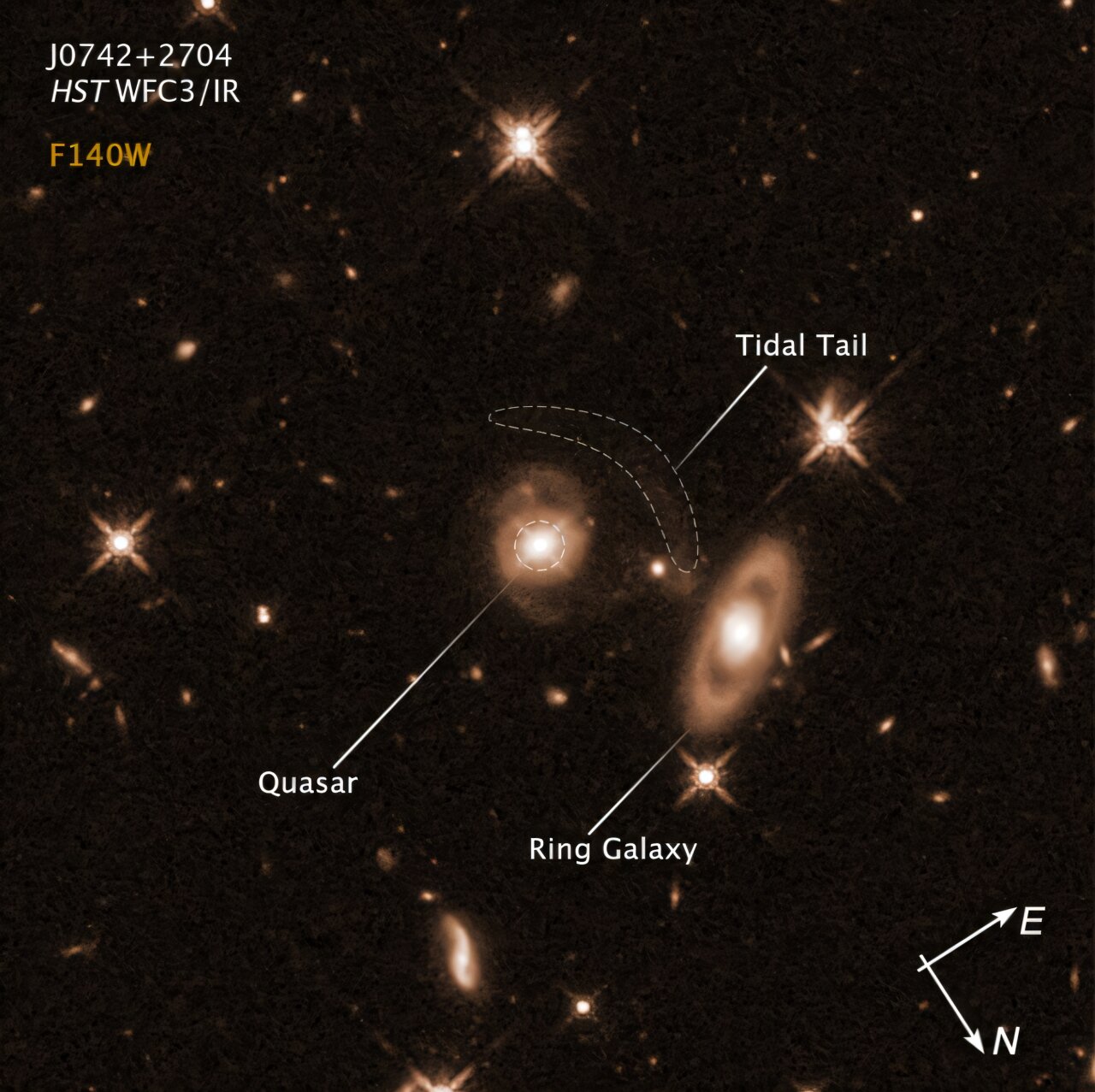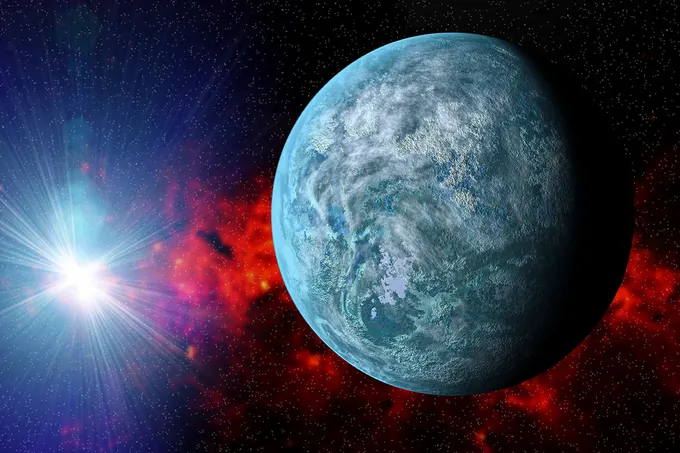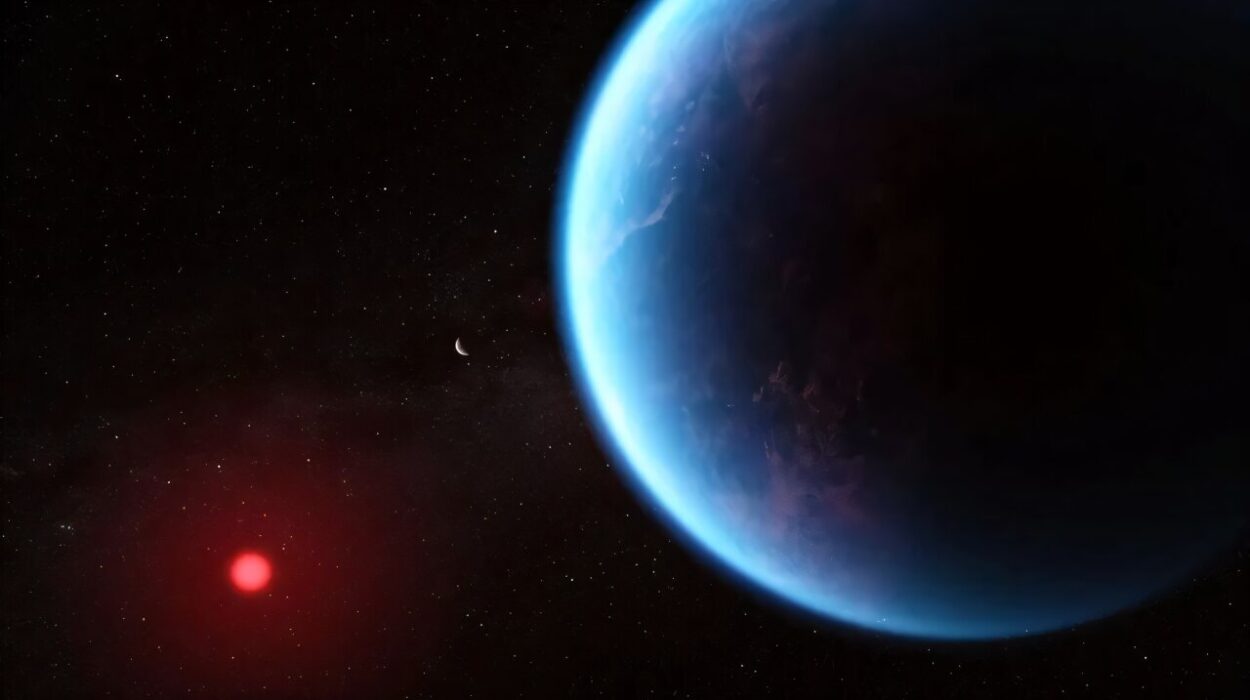Space, the final frontier, has long been a source of awe, wonder, and intrigue for scientists and dreamers alike. From the first telescopic observations of distant galaxies to the groundbreaking discoveries of black holes, dark matter, and gravitational waves, our understanding of the cosmos continues to evolve. However, there are still vast and mysterious corners of the universe that elude our grasp. One such enigma is the Great Attractor, a colossal force exerting a strange pull on galaxies in our cosmic neighborhood, and yet, its true nature remains shrouded in mystery.
Unveiling the Cosmic Pull
The Great Attractor is a region in space that is responsible for influencing the motion of galaxies across an enormous swath of the universe. Its existence was first proposed in the 1970s when astronomers noticed an unusual gravitational anomaly affecting the movement of galaxies in the Local Group and beyond. This anomaly caused entire galaxy clusters, including our Milky Way, to move in the same direction, as though being drawn toward a central point. This motion is far beyond what could be explained by the gravitational influence of visible objects like stars, planets, or even entire galaxy clusters. But the object causing this massive gravitational pull remained elusive.
This mysterious force has led to speculation that something of unimaginable mass is hiding just beyond our view, something that is pulling the galaxies toward it with a force that dwarfs any known object in the observable universe. Yet, despite being such a powerful gravitational force, the exact nature of the Great Attractor remains largely unseen, hidden behind a veil of cosmic dust and gas. As a result, it has become one of the most puzzling and captivating phenomena in modern cosmology.
The Discovery of the Great Attractor
The Great Attractor’s existence can be traced back to the 1970s, a decade of rapid advancements in astronomy and space exploration. During this time, astronomers began to notice that the Milky Way and other nearby galaxies were not behaving in the way they expected. While the gravitational pull of individual stars and galaxies was well understood, it appeared that something was influencing the motion of entire clusters of galaxies, including the Milky Way itself. This strange motion was referred to as the “motion of peculiar velocities,” a term that described the unexpected speeds at which galaxies were moving.
It wasn’t until the early 1980s that astronomers began to pinpoint the cause of this motion. A team of scientists, led by astronomer Margaret Geller, found evidence that the galaxies in the Local Group, as well as galaxies in more distant clusters, were all being drawn toward a region located in the direction of the Centaurus and Hydra constellations. This region, later dubbed the “Great Attractor,” was identified as the source of the anomalous motion.
The discovery of the Great Attractor was a moment of great excitement in the scientific community. For the first time, astronomers had identified a potential candidate for what was causing the galaxies to move in such an unusual and coordinated way. However, despite the excitement, one major problem remained: the object responsible for the Great Attractor could not be directly observed. It was hidden behind a vast wall of interstellar gas and dust, making it nearly impossible to study with traditional telescopes.
The Mystery of the Great Attractor
What makes the Great Attractor so perplexing is that it seems to defy the expectations of what we know about gravitational forces. The galaxies in our local universe are all moving toward this mysterious region with speeds of hundreds of kilometers per second, yet no known celestial object is large enough or dense enough to account for such a strong gravitational pull. Theories abound as to what could be responsible for the Great Attractor, but no one knows for certain.
One possibility is that the Great Attractor could be a supermassive galaxy cluster, containing millions or even billions of galaxies. The gravitational pull from such a dense and massive object could explain the strange motion of nearby galaxies. However, this theory raises several questions. Why is such a massive structure hidden from our view? Why has it been so difficult to detect, even with some of the most advanced telescopes available?
Another theory proposes that the Great Attractor could be a region of space where dark matter is concentrated. Dark matter, an invisible and mysterious substance that makes up about 27% of the universe’s mass, does not interact with light or other forms of electromagnetic radiation. This makes it nearly impossible to observe directly. However, dark matter’s gravitational effects can be observed in the motion of galaxies and galaxy clusters. If the Great Attractor were composed of dark matter, it could explain the strange motion of galaxies without needing to rely on visible objects. However, the presence of such a large concentration of dark matter in one location remains purely speculative, and no direct evidence for this idea exists.
Another, even more speculative theory, suggests that the Great Attractor could be linked to the existence of an enormous supermassive black hole or a collection of black holes. Black holes are known to have incredibly strong gravitational fields, and a cluster of supermassive black holes could potentially have the necessary gravitational pull to account for the movement of galaxies in the Local Group. However, black holes themselves do not emit light, making it difficult to observe such a phenomenon. It would require an extraordinary concentration of black holes to exert the observed pull, and once again, there is no direct evidence to support this idea.
The Hidden Realm of the Great Attractor
One of the reasons the Great Attractor has remained so elusive is the presence of the “Zone of Avoidance.” The Zone of Avoidance refers to a band of sky that is obscured by the Milky Way’s disk of stars, gas, and dust. This region is filled with material that scatters and absorbs light, making it nearly impossible to observe distant objects behind it. The Great Attractor lies within this Zone, which is why astronomers have struggled to study it directly.
In fact, much of the work done to study the Great Attractor has been indirect. By examining the motion of galaxies and galaxy clusters, scientists have been able to infer the existence of the Great Attractor and estimate its location and influence. However, because of the Zone of Avoidance, any direct observation of the object itself is incredibly challenging.
Despite these challenges, astronomers have made some progress in studying the Great Attractor. In the late 1990s, a team of scientists using the European Space Agency’s Infrared Space Observatory (ISO) managed to observe the region in infrared wavelengths, which are less affected by the obscuring gas and dust. These observations revealed some of the first clues about the nature of the Great Attractor, although the object itself remained hidden from view.
More recently, the advent of more advanced telescopes, such as the Planck satellite and the Wide-field Infrared Survey Explorer (WISE), has allowed astronomers to gain further insights into the Great Attractor. These telescopes have been able to map the distribution of galaxies and other cosmic structures in the region, providing more information about the gravitational effects of the Great Attractor and its influence on the surrounding universe.
What Lies Beyond the Great Attractor?
While the Great Attractor is an astonishing mystery in itself, it also raises broader questions about the structure and fate of the universe. Some astronomers speculate that the Great Attractor is merely a local anomaly, an isolated gravitational force in our corner of the cosmos. Others, however, suggest that it could be part of a larger, even more mysterious structure, something that could help explain the overall distribution of galaxies and matter in the universe.
One of the most fascinating ideas in cosmology is the concept of the “Large-Scale Structure” of the universe. This theory suggests that galaxies and galaxy clusters are not distributed randomly throughout space but rather form a vast, interconnected web. This web is composed of vast cosmic filaments, voids, and clusters, with the Great Attractor potentially being one of the nodes in this cosmic network. If this theory is correct, the Great Attractor could be a crucial piece in understanding the large-scale architecture of the universe.
Furthermore, the discovery of the Great Attractor has implications for the study of cosmic expansion. The universe has been expanding since the Big Bang, with galaxies moving away from each other at increasing speeds. However, the Great Attractor appears to be pulling galaxies toward it, counteracting this expansion on a local scale. This raises the intriguing possibility that there are other cosmic “attractors” throughout the universe, acting as gravitational centers that influence the motion of galaxies in different regions of space.
The Great Attractor and the Future of Cosmology
The Great Attractor may be one of the most baffling and mysterious phenomena in the universe, but it is also a window into the vast, unexplored frontiers of space. As technology continues to improve and new telescopes and observatories are launched, we may one day gain a clearer understanding of this cosmic anomaly. Perhaps, one day, we will be able to directly observe the object at the heart of the Great Attractor and finally answer the question: what is pulling our galaxy, and many others, toward it?
Until then, the Great Attractor remains a tantalizing mystery—a cosmic puzzle that continues to captivate the imagination of scientists and stargazers alike. As we peer deeper into the cosmos, we may find that the answers to these questions are even more extraordinary than we can imagine.






